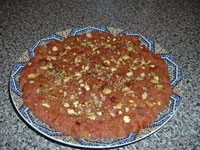Sham En-Nessim: Egypt’s Spring-Welcoming Festival
By Salma Heram, Arab America Contributing Writer
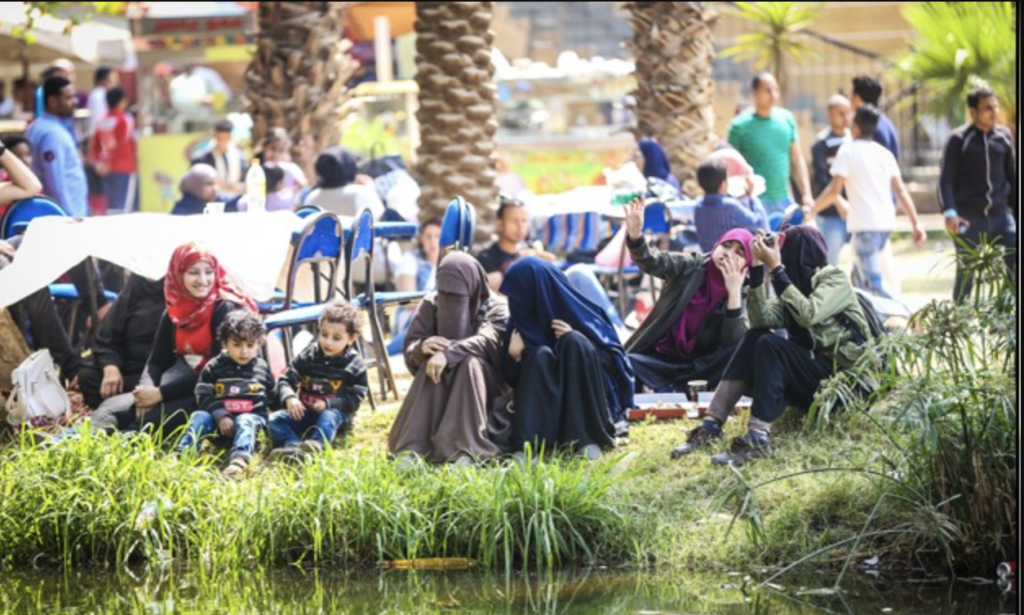
As we move into the spring, many cultures around the world have different traditions for welcoming the season. One beloved by many for its symbolization of growth, rebirth, and hope. In Egypt, locals of all ages, walks of life, and faiths join together to welcome the spring season, in a celebration called Sham En-Nessim. Dating back to Ancient Egyptian times, Sham En-Nessim is one of the few holidays celebrated by both Muslims and Christians in Egypt. It is rooted in traditions that predate both Christianity and Islam. Characterized by unique, age-old practices, Sham En-Nessim serves as a unifying force among the Egyptian people. It brings together Muslims and Coptic Christians in a way that otherwise seldom occurs.
Origins of Sham En-Nessim
The celebration of Sham En-Nessim dates back to the Pharaonic era, around 2700 BCE, when it was called “shemu,” meaning “spring” or “harvest.” During “shemu,” Ancient Egyptians would offer salted fish, lettuce, and onions to their gods, in celebration and thanks for the spring harvest, as the spring brought an abundance of growth and crops to enjoy. This traditioned persisted through the history of Egypt, from the times of Roman rule to the Arab Conquest. After the Arabization of Egypt, “Shemu” became “Sham En-Nessim,” which means “smelling the breeze” in Arabic.
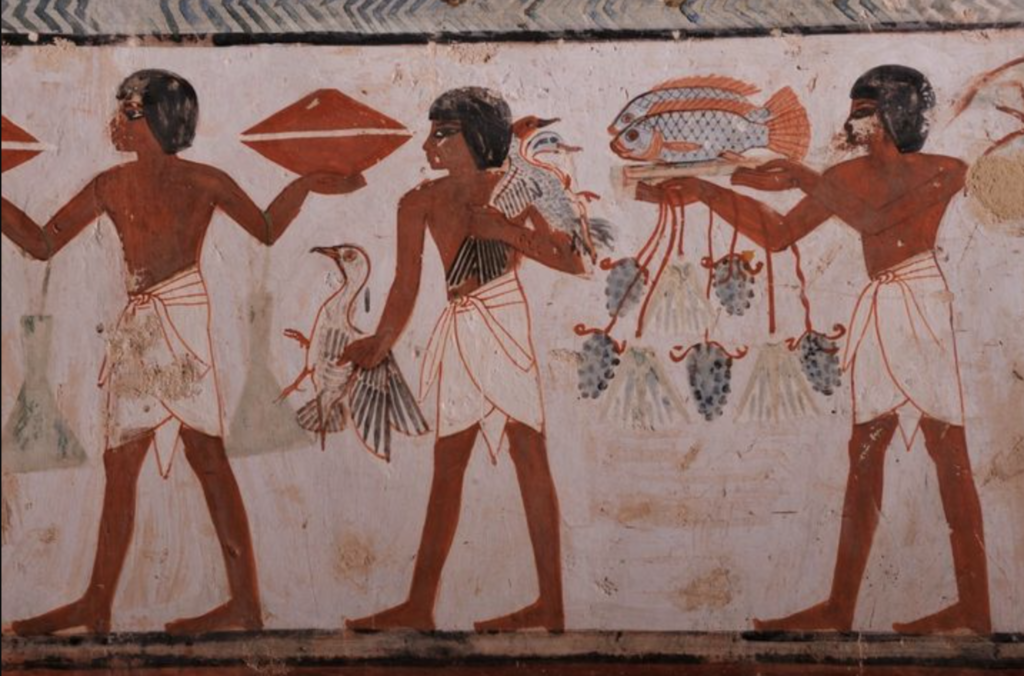
Traditions Practiced Today
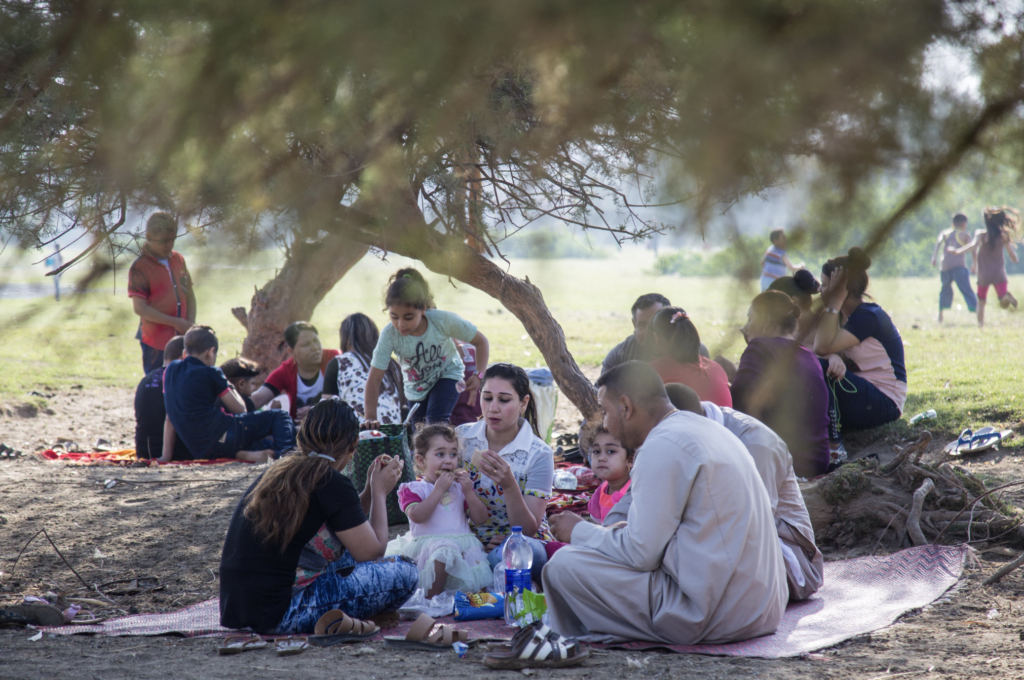
Today, the Egyptian people have preserved the practices of their ancient ancestors and continue to emulate them in their own way. In celebration of the spring, families gather outdoors to enjoy the blossoming greenery, in parks, gardens, along the Nile, or even on beaches or at the zoo. They often have picnics, and feast on special meals in celebration of Sham En-Nessim. The most popular food enjoyed during Sham En-Nessim is feseikh, or grey mullet fish that has been salted and fermented. This delicacy has a strong aroma. It engages others in the festivities to have feseikh outdoors, rather than in their homes. This meal is often enjoyed with pita bread, lemon, and green onion, a plant said to be a symbol of spring and signifying growth.
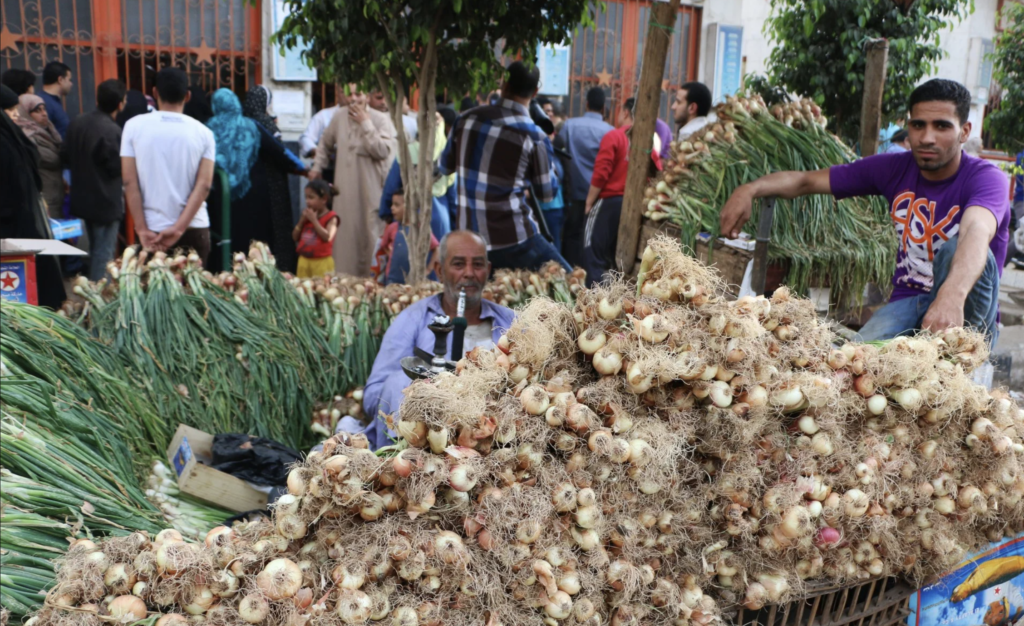
Another popular snack is tirmis, which are boiled lupin beans often served in paper cones from street vendors, and seasoned with salt or chili flakes and lemon juice. This addictive treat is often enjoyed on the beach or while sitting or strolling along the Nile. As such, tirmis vendor carts are a common sight along the Nile River, ready to meet Egyptians’ snack cravings. This is especially true in the evening when many Egyptians snack on tirmis while watching the ebb and flow of the Nile River and the breeze it provides as relief from the warm weather.
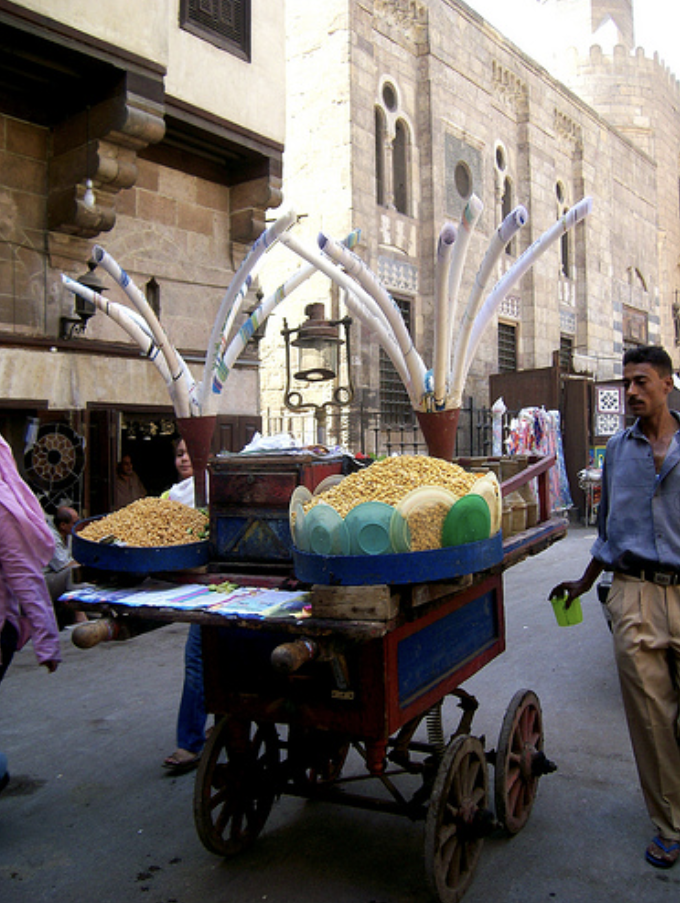
Connections to Faith
While these traditions are practiced by both Muslims and Christians, the festival holds further significance for members of the Coptic Orthodox Church in Egypt. Every year, Sham En-Nessim falls on the day after Coptic Easter. As such, Coptics use this opportunity to continue in the celebration of the resurrection of Christ, dyeing and decorating eggs with cultural designs and even wishes, hanging up the eggs that hold them up in hopes of their wishes being fulfilled. Thus, this national holiday holds significance to all Egyptians, no matter their age, hometown, or faith.
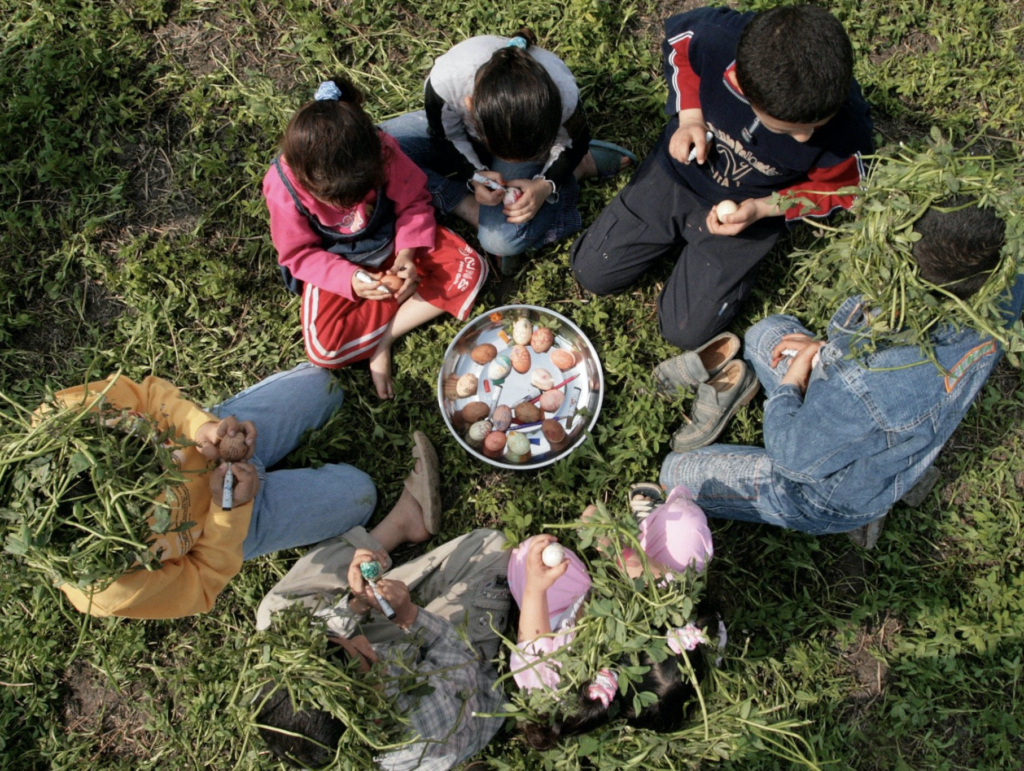
Significance
This year, in 2023, Sham En-Nessim will fall on April 17. Throughout Egypt, children and adults, Coptics, and Muslims will join together to preserve the traditions of their glorious ancestors. In a way, this spring-welcoming festival is about more than the celebration of the new season. But also the unity of the Egyptian people and their pride in their rich history and heritage.



